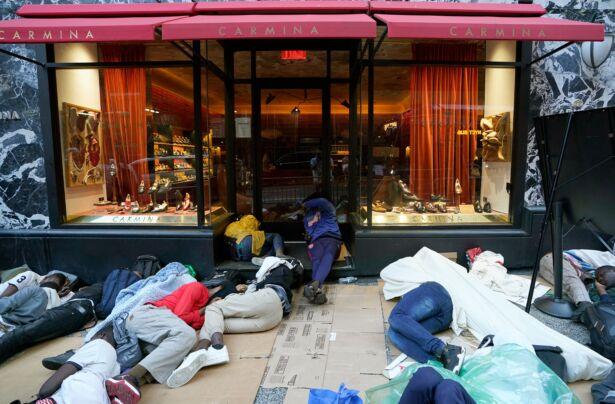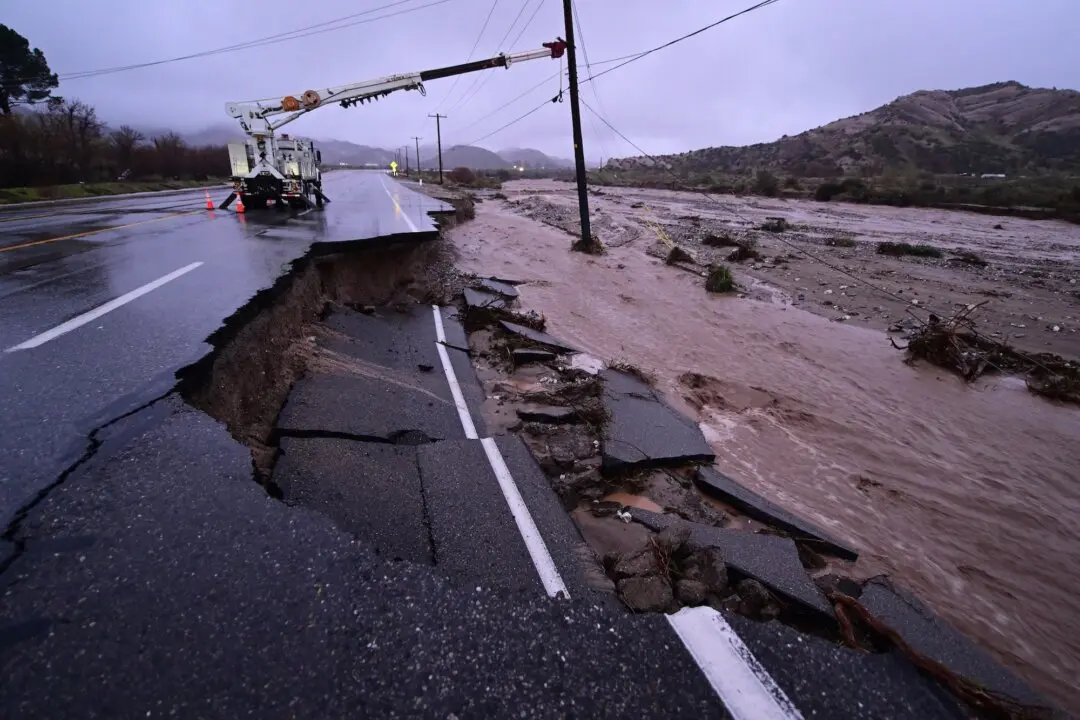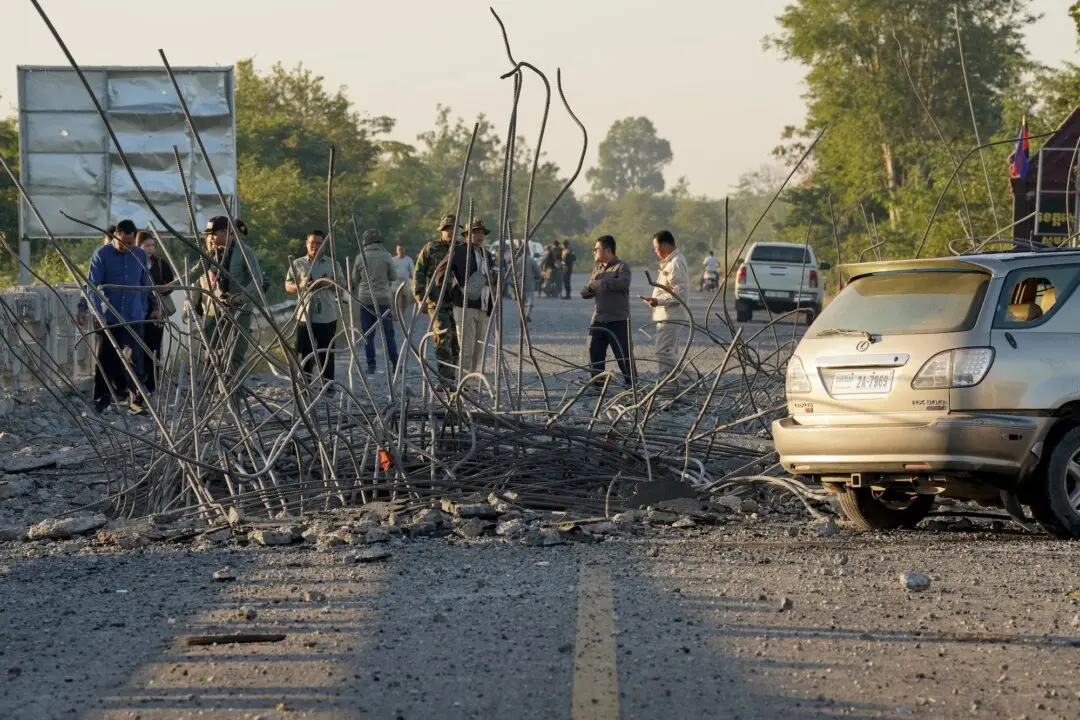New York Gov. Kathy Hochul announced on Sept. 25 that she’s calling in the National Guard to help with the illegal immigration crisis gripping the Big Apple.
Ms. Hochul said at a press conference in New York City that she had ordered 150 members of the National Guard to support case management operations meant to get asylum seekers work permits and clear out some of the 60,000 or so illegal immigrants crowding the city’s shelters—which she said are filled to the brim.





